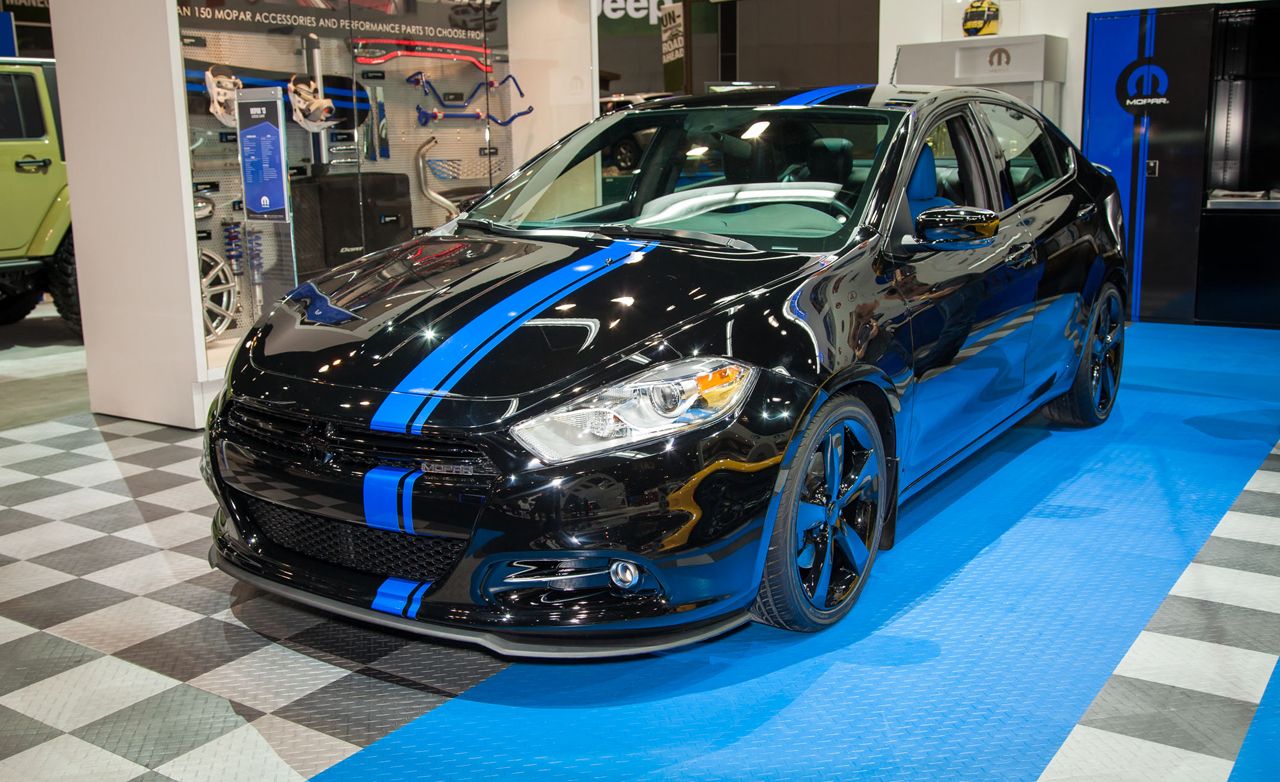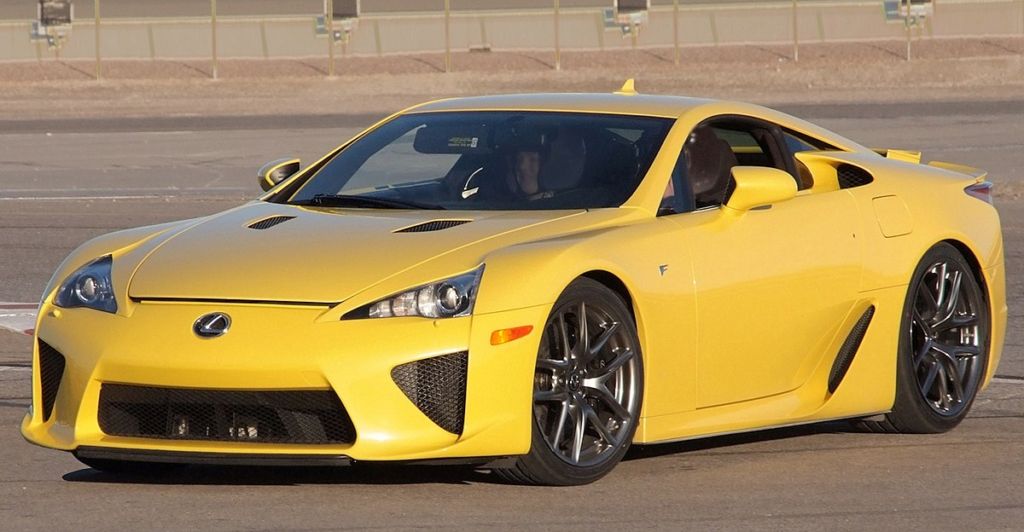
Let’s be real, buying a car is a HUGE deal. We’re talking about a decision that can set you back tens of thousands of dollars, potentially tie you into a multi-year loan, and become a constant companion for your daily commutes and epic road trips. It’s an emotional investment, a practical necessity, and sometimes, well, it just doesn’t work out. You see a sleek design, read some glowing reviews, and think you’ve found ‘the one,’ only to drive it off the lot and realize you’ve signed up for a whole lot of headache.
Buyer’s remorse isn’t just for that impulse buy you made at 3 AM. It’s a very real, very frustrating experience for car owners who discover their dream machine is more of a nightmare on wheels. We’ve all been there, or at least heard the horror stories. Whether it’s persistent mechanical failures, unexpected costs, or just a ride quality that makes you question all your life choices, some cars just miss the mark. And trust us, when you’ve shelled out your hard-earned cash, those mistakes sting.
But here’s the good news: you don’t have to make the same mistakes! We’re diving deep into the vehicles that left their owners wishing they had a time machine and a ‘Ctrl+Z’ button for their purchase. This isn’t just a list of cars; it’s a collection of cautionary tales, shared by real owners, to help you make smarter choices.

1. **Chevrolet Bolt**First up on our ‘unbuy’ list is the Chevrolet Bolt, a car that initially garnered praise for its affordability and a pretty respectable range for an electric vehicle. Sounds good on paper, right? Who doesn’t love a budget-friendly EV that can take you places? Unfortunately, the Bolt quickly developed a reputation for being ‘plagued with problems,’ and these weren’t just minor inconveniences.
The most infamous issue, and frankly, the one that makes you gulp, involves battery-related fires. Yes, you read that right – fires! This led to massive recalls in both 2020 and 2021, sending shivers down the spines of Bolt owners everywhere. The root cause? Lithium-ion batteries manufactured by LG that had a nasty habit of short-circuiting, overheating, and then, you guessed it, igniting into flames. Not exactly the kind of fiery performance you want from your car.
Beyond the very serious fire hazard, owners also pointed out other areas where the Bolt fell short. The ride quality was often described as ‘so-so,’ meaning it wasn’t exactly a smooth, luxurious cruise. Rear passengers, especially those looking for a bit more legroom, found the space to be less than ideal. And the handling? Also ‘so-so.’ It seems that while the Bolt offered an accessible entry into the EV market, it came with a significant number of compromises that made owners wish they’d explored other options.
Imagine constantly worrying if your car’s battery is going to turn into a bonfire, all while enduring a mediocre ride. That’s the reality many Bolt owners faced. It’s a stark reminder that sometimes, a low price tag can come with a hidden, much higher cost in terms of safety, comfort, and peace of mind. For many, the Bolt became less about electric dreams and more about electric nightmares.

2. **Hyundai Kona Electric**Sticking with the electric theme, next on our list is the Hyundai Kona Electric. Now, Hyundai has really been making waves with some innovative and well-received electric vehicles lately. They’ve shown they can deliver, but even the best can have an ‘oops’ moment. And for the Kona Electric, it was a pretty big ‘oops,’ earning it the title of Exhibit A in Hyundai’s ‘clunkers’ category.
Much like the Chevrolet Bolt, the Kona Electric found itself entangled in a web of battery fires and subsequent recalls. Hyundai issued a worldwide recall in both 2020 and 2021, aiming to ‘nip the fire risks in the bud by replacing battery packs in affected EVs.’ It’s never a good sign when your carmaker has to replace entire battery packs just to prevent it from catching fire. Talk about a high-stakes repair job!
But wait, there’s more! The battery issues, as serious as they were, were ‘just the tip of the iceberg’ for the Kona Electric. While the context doesn’t detail *all* the other problems, that phrase alone should serve as a flashing ‘Buyer Beware!’ sign. It suggests a deeper well of dissatisfaction that extends beyond the headline-grabbing battery issues, hinting at a vehicle that struggled with fundamental reliability.
The promise of an affordable, stylish electric car often tempts buyers, but the Kona Electric demonstrates that sometimes, the hidden costs and safety concerns can quickly overshadow any initial appeal. Owners who thought they were getting a great deal on a forward-thinking vehicle instead found themselves dealing with significant safety concerns and ongoing headaches. It’s a classic case of what looks good on the lot not necessarily holding up on the road.

3. **Jeep Compass**Shifting gears from electric vehicles to compact SUVs, we encounter the Jeep Compass. Now, Jeeps are often associated with rugged capability and adventurous spirit, but the Compass, across various model years, seems to have lost its way. Owners of this compact SUV have reported some ‘serious issues,’ making it a strong contender for a ‘migraine headache on wheels’ and a vehicle to definitely ‘steer clear of’.
One of the biggest headaches for Compass owners revolves around its transmission. We’re talking about both the continuously variable transmission (CVT) and the 9-speed automatic transmissions. The complaints are pretty consistent: ‘herky-jerky shifting’ that makes for an uncomfortable ride, and even ‘catastrophic failure,’ which is exactly as bad as it sounds. Imagine your transmission giving up the ghost when you least expect it – not exactly ideal for navigating city streets or rough terrain.
The transmission woes aren’t the only bumps in the road for the Jeep Compass. Owners also frequently report ‘poor engine performance,’ which can be incredibly frustrating when you’re trying to merge onto a highway or tackle an incline. Adding to the list of grievances are ‘excessive oil consumption’ – meaning you’re constantly topping up your oil, which can be a pain and an unexpected expense – and ‘electrical system issues,’ which can manifest in all sorts of unpredictable and annoying ways.
So, while the Jeep badge might conjure images of freedom and reliability, the Compass seems to have delivered a less-than-stellar experience for many. These issues combine to create a picture of a vehicle that demands constant attention and significant repairs, far from the carefree driving experience most buyers envision. For many, the Compass became a journey they wish they’d never embarked upon.

4. **Dodge Dart**Next up, let’s talk about the Dodge Dart. This compact sedan arrived on the scene with aspirations of being a practical, stylish option, but according to its owners, it quickly developed ‘full-size car problems.’ It’s one of those cars where you might just throw your hands up and wonder, ‘Where do we even begin with this one?’ because the list of issues is, well, extensive.
Owners reported problems across pretty much every major system in the vehicle. We’re talking about issues with ‘the transmission to the engine and from the suspension to the brakes.’ That’s a pretty comprehensive sweep of core components, suggesting a vehicle that struggled with fundamental engineering and reliability from top to bottom. When everything from how it drives to how it stops is a source of complaint, you know you’ve got a problem.
The level of dissatisfaction among Dodge Dart owners is quite striking. According to Consumer Reports, a significant chunk of buyers – ‘around six in 10’ – openly admit that they are ‘not satisfied with the vehicle.’ That’s more than half of its owners regretting their purchase, which is a pretty damning statistic in the automotive world. It’s a clear signal that the Dart failed to deliver on its promise of being a reliable daily driver.
The Dodge Dart serves as a prime example of a car that, despite its compact size, brought with it a cascade of major issues that ultimately left a lasting sour taste in the mouths of its owners. It’s a testament to the fact that sometimes, even a seemingly straightforward sedan can hide a multitude of frustrations under its hood. For many, the Dart was a bullseye miss, proving to be a costly lesson in buyer’s remorse.

5. **Dodge Grand Caravan**Ah, the Dodge Grand Caravan. For many families, this minivan might evoke a mixed bag of memories – some ‘fond,’ others, well, ‘not so fond’ – of road trips, soccer practice carpools, and hauling everything from pets to holiday decorations. It’s been a staple in the family-hauler market for ages, but don’t let nostalgia blind you. For a lot of owners, this minivan was ‘anything but smooth driving’ and a source of constant stress.
The most common complaint, and a particularly worrying one for a vehicle designed to transport precious cargo, is ‘transmission failure.’ Imagine trying to get your kids to school or going on a long-awaited vacation, only for your transmission to give up the ghost. Before reaching that catastrophic point, owners often experienced a litany of pre-failure symptoms, including ‘delayed gear engagement, rough shifting, and slipping.’ These aren’t just minor quirks; they’re clear signs of a major impending breakdown.
But the transmission isn’t the only demon lurking in the Grand Caravan’s mechanics. Many owners also found themselves grappling with ‘electrical system problems,’ which can be notoriously difficult and expensive to diagnose and fix, leading to frustrating intermittent issues. On top of that, ‘heavy oil consumption’ was another frequent grievance, meaning more stops at the auto parts store and more money spent on oil, adding to the ongoing ownership costs.
It’s clear that if Grand Caravan owners ‘could rewind time and have a do-over, they would gladly choose something else.’ This minivan, despite its spacious interior and family-friendly image, often became a money pit and a source of significant reliability concerns. It’s a tough lesson that even a beloved family vehicle can prove to be a disappointing purchase when mechanical integrity takes a backseat.

6. **Nissan Sentra**Next on our regret-filled road trip is the Nissan Sentra. Now, to be fair, the context acknowledges that ‘there are some good Nissan Sentra model years’ – because, let’s face it, every car has its highs and lows. But for some specific production runs, the Sentra was nothing short of ‘horrific,’ particularly if you happened to buy one made ‘from 2013 to 2019.’ Consider that period a red flag, folks!
The main culprit behind the Sentra’s fall from grace during these years? You guessed it: the infamous continuously variable transmission, or CVT. This particular transmission has been ‘a thorn in the side of many Sentra owners,’ leading to a whole host of performance issues. We’re talking about the kind of problems that make your daily drive anything but smooth, including ‘overheating, jerky acceleration, and shuddering.’
And just when you thought it couldn’t get any worse, ‘engine stalling’ was also among the ‘laundry list of issues’ reported by owners. Imagine trying to navigate traffic or simply driving along, and your engine just decides to call it quits. That’s not just inconvenient; it’s a serious safety concern. Beyond the powertrain, the Sentra also faced numerous recalls covering critical safety features like ‘airbags, seatbelts, brakes, and more.’
For a car that’s supposed to be a reliable and economical compact sedan, the problematic Sentra model years delivered a consistently frustrating and potentially dangerous experience. It’s a stark reminder that even a popular nameplate can have a troubled past, and it pays to do your research on specific model years before committing to a purchase. Owners of these Sentras definitely learned that the hard way.




